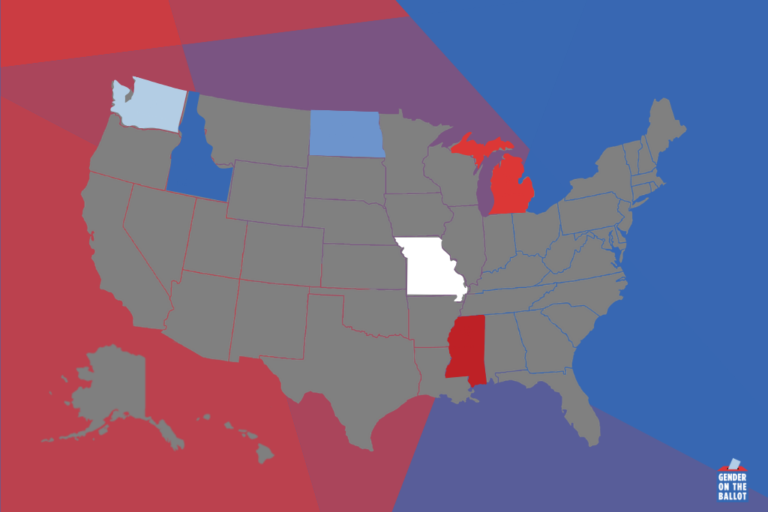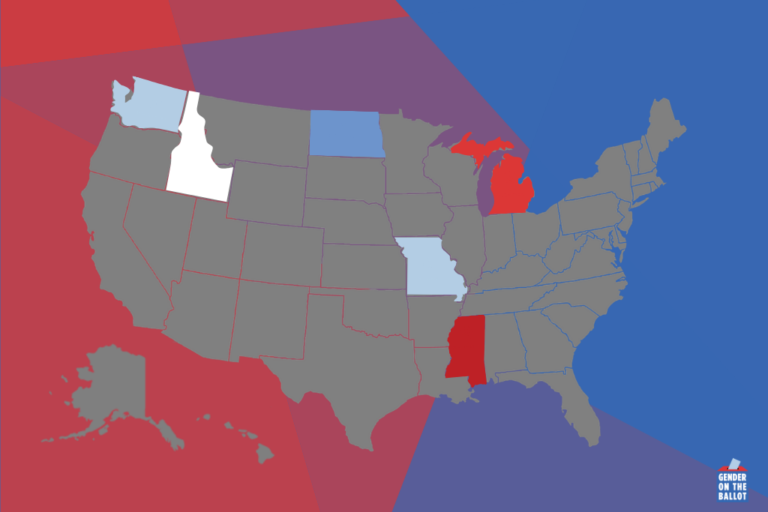Amidst our current challenges, we do have cause to celebrate. Thirty years ago we changed…
Intentionality and a Whole of Government Approach are Key to Ensuring Federal Policies Protect and Promote Gender Equity and Equality

In March of 2021, on International Women’s Day, President Biden issued an Executive Order (EO) creating the Gender Policy Council (GPC) and instilling a whole of government approach to gender equity and equality. The GPC was comprised of President Biden’s Cabinet members, and the EO directed each agency to assign a senior official to coordinate with GPC and oversee their agency’s efforts to protect the rights of, and promote opportunities for, girls and women. I was honored to have the opportunity to serve as the senior designee to the Gender Policy Council for the U.S. Department of Education.
This interagency approach and the release of a National Strategy on Gender Equity and Equality – a roadmap for the work – ensured that no matter what each agency was tasked with or came its way, the work was done through a lens of equity, and the impact on women and girls was thought about and addressed as policies were developed and implemented.
At the Department of Education, this translated into several actions. Of the issues we worked on, many of the policies’ impacts on women and girls were more obvious – for example, the writing of new Title IX rules that were created to set the requirements for how colleges and universities handle cases of sexual harassment and assault. But, the leadership provided by the GPC – the first office in the White House focused on these issues – and the directives given to the agencies also ensured that staff at the Department of Education, and other departments, thought about the impact and effect on girls and women of all of our work. In my role overseeing the Department’s federal grants to higher education institutions, we thought intentionally about how to incorporate gender equity throughout the funding opportunities – from the priorities in our applications to the way the grantees reported outcomes and how they disaggregated data. We recognized the academic and non-academic components of student success and took a close look at how we could support all students on campuses, including by ensuring access to reproductive health care through sharing out best practices with all types of institutions from red states and blue states. Education is the basis for a successful future for girls and women, and making sure they were part of the equation in every problem we worked to solve will have lasting impacts for the success of our nation.
As the next Administration sets up its White House, it is not clear what the fate will be of the GPC. Project 2025 calls on President Trump to eliminate the office. That would be a mistake. While we shouldn’t need a separate office to ensure that women and girls are protected and prioritized by our federal leaders, I do believe that the support the office provided and the leadership it projected ensured there was intentionality in every agency to think about gender equity and equality in their work. Furthermore, the interactions between the designees at the different agencies allowed for cross-agency collaboration, rather than competition, which broadened the number of policies that were put forward and increased their chances of success. Continuation of this work in the next Administration and beyond is critical to building the country we all want to see, and what fifty-one percent of our population deserves.






